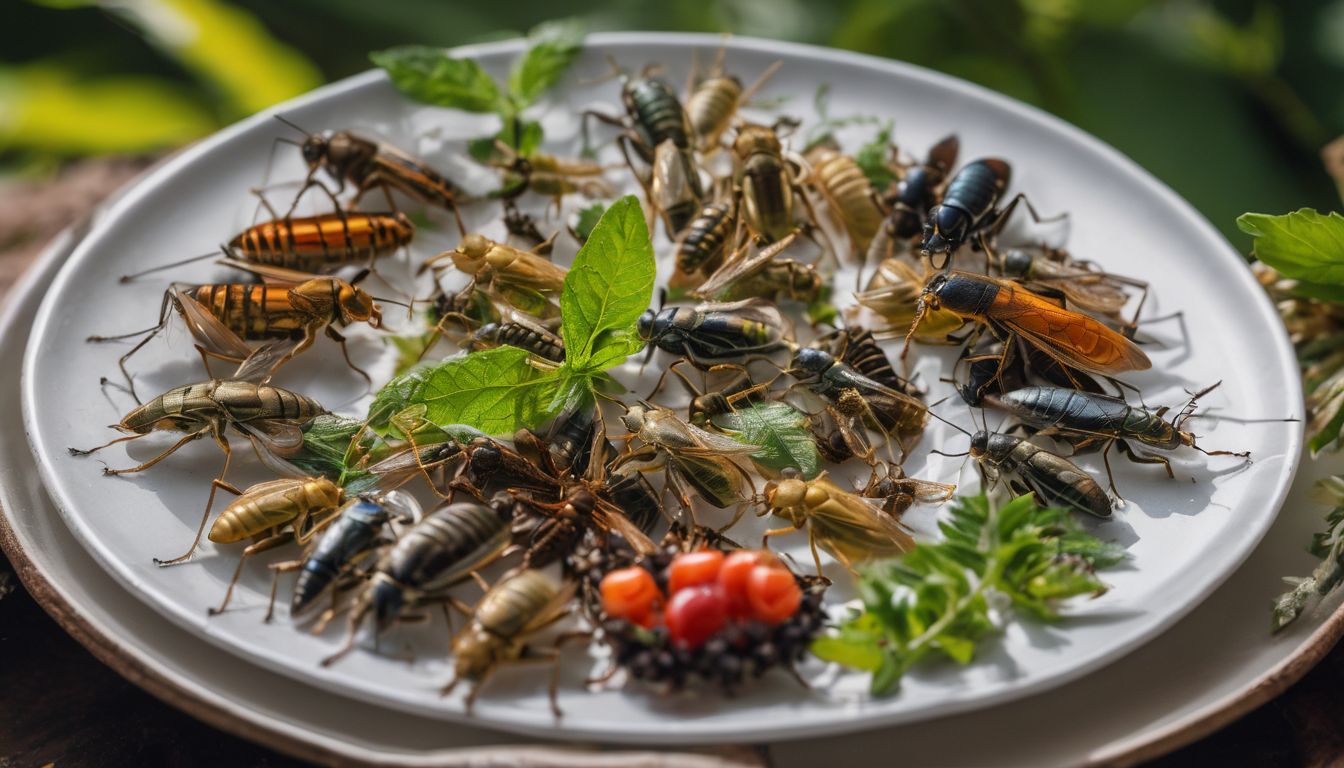Join a CSA! A community supported agriculture operation (CSA) is a local farm funded by community members. In return for their patronage, members receive a share of the farm’s harvest – typically in the form of a weekly produce box. CSAs offer a convenient way to eat local, organic, and seasonal food☺
BENEFITS FOR THE ENVIRONMENT:
CSAs are frequently touted as big time carbon savers because the produce is sourced locally . While local is great and tends to have carbon savings, the bigger environmental benefits stem from the (typically) better farming practices and an increase in fruit and vegetable consumption reducing the amount of packaged food you eat.
CSAs typically are small operations, allowing the farmers to use more respectful farming techniques, such as reduced synthetic fertilizer and pesticide use, as well as favoring polyculture practices—planting many different types of plants that work with each other to have a more resilient farm ecosystem.
BENEFITS for You:
Well, your mom has been telling you this for years—eat your veggies! CSAs are a great way to finally eat your vegetables. Sometimes the biggest challenge to eating vegetables is choosing from the overwhelming amount of choices at the supermarket and not knowing which crop is in season and tasting its best. CSAs take care of this for you—they deliver a basket of fresh, delicious, produce to your doorstep, and if you are lucky, will include recipes for many of your vegetables as well. Increased vegetables are great for your body. They can increase energy levels, boost your immunity, and ensure an overall increase in vitality!
2Not to mention, by buying directly from the farmer, your food is less likely to be covered in toxic pesticides, rat poop, urine, or any other type of dirt commonly found in the food transport process (industrial farms ship their crops to enormous warehouses that are simply not friendly towards keeping things clean). When purchased from a CSA, your produce is picked straight from the field and placed into your basket, avoiding the industrial mess that food from the grocery store endures. In fact, the first Community Supported Agriculture was started by a group of Japanese mothers who were concerned about the health and environmental impacts of industrialized farms.3
Additionally, as a member of a CSA you have the opportunity to interact directly with the farmers and give them feedback, creating a dialogue that is lost in the hustle and bustle of the grocery store. This relationship also keeps farmers accountable for their products.
BENEFITS for the Community:
Supporting CSAs is a great way to support your community. Not only is it great to keep dollars local, but CSAs build the resiliency of the local economy. Resilient economies are the product of a tightly woven web of networks, with many small and vibrant economic engines. Currently, if one large industrial farm fails, we feel the effects nationally. CSAs create insurances against failure by creating a local web of food suppliers.
BENEFITS for the Farmers:
Farming requires a significant upfront investment to plant and prepare the soil for the upcoming growing season. In the CSA model, community members pay for their season’s worth of produce prior to planting. These payments provide the initial cash necessary to plant the season’s crop. Without a need to borrow from a bank, farmers can reduce their costs (interest rates anyone?) and risks associated with borrowing. Additionally, CSAs foster connections between the community and farmers, allowing for valuable feedback and connections for future investment opportunities.
Cost: Low
While CSAs require an initial up-front investment, the cost over the growing season is lower than what you would find for comparable products at a grocery store. Now if you haven’t been eating your veggies recently, then there will be an increase in your food expenses. However, it is a good investment to make to ensure your body’s health!
Time and effort: Low to Moderate
The process of signing up for a CSA takes merely a phone call or a visit to a website. Once you become a member, all you have to do is wait for your weekly delivery or make a trip to collect your goods, depending on whether you opt for delivery or pickup. It may take extra effort to adjust to eating seasonally as you may not be familiar with how to incorporate certain items into meals. To help with this challenge, some CSAs offer classes and recipes to suggest ideas for preparing their products.
Tips for Joining a CSA:
1. First of all, you need to find a CSA in your area. Below are two websites that seek to provide a national database on CSAs:
For an example of two CSAs, check out these two!
But the best way is to ask around and browse the internet. New farms are emerging every day, and they want to find you! A simple google search for local CSAs should do the trick.
2. Each CSA is unique, so you should call around or browse websites to find out which one is the most suitable for you. While searching, pay special attention to the following:
- 4Payment options. Some farms have set payment schedules – monthly, quarterly, or yearly – while others give you the option of choosing the most convenient payment schedule for you. When given an option, discounts may be given to those who opt to pay for longer time periods. In all cases, payments are made in advance.
- Vacation penalties. There may be a week or two during the year where you are out of town and won’t require your weekly box. Some farms charge you nothing to put your order on hold, while others may charge you a minimal fee. Of course, there is always the option of donating your weekly portion to a local shelter or soup kitchen.
- Options to select your produce delivery. Most CSA operations self-select the produce for each week, but there are some that give you the option of selecting the produce for yourself. A few will even allow you to go to the farm and handpick your box! Some also provide all-fruit or all-vegetable box options.
- Different share quantities offered. Households vary in size. Fortunately, so do shares! Be sure that the farm you select has an option that is suitable to your household needs. Most CSAs are flexible in this respect and will accommodate your situation.
- Produce source. Many CSAs are middlemen farm delivery services. If this is important to you, be sure to find out what portion of your CSA box is grown on the farm. This will change throughout the year.
- Options for delivery/pick-up frequency: If weekly deliveries provide more food than you require, look for a CSA that offers bi-weekly or even monthly shares.
3. Once you have a selected a CSA, becoming a member is simple – the only thing left for you to do is sign up and savor your greens! If you want more of a taste of what you are getting into, some farms offer sample boxes and tours free of charge. Contact your local CSA and see what options are available to you!




